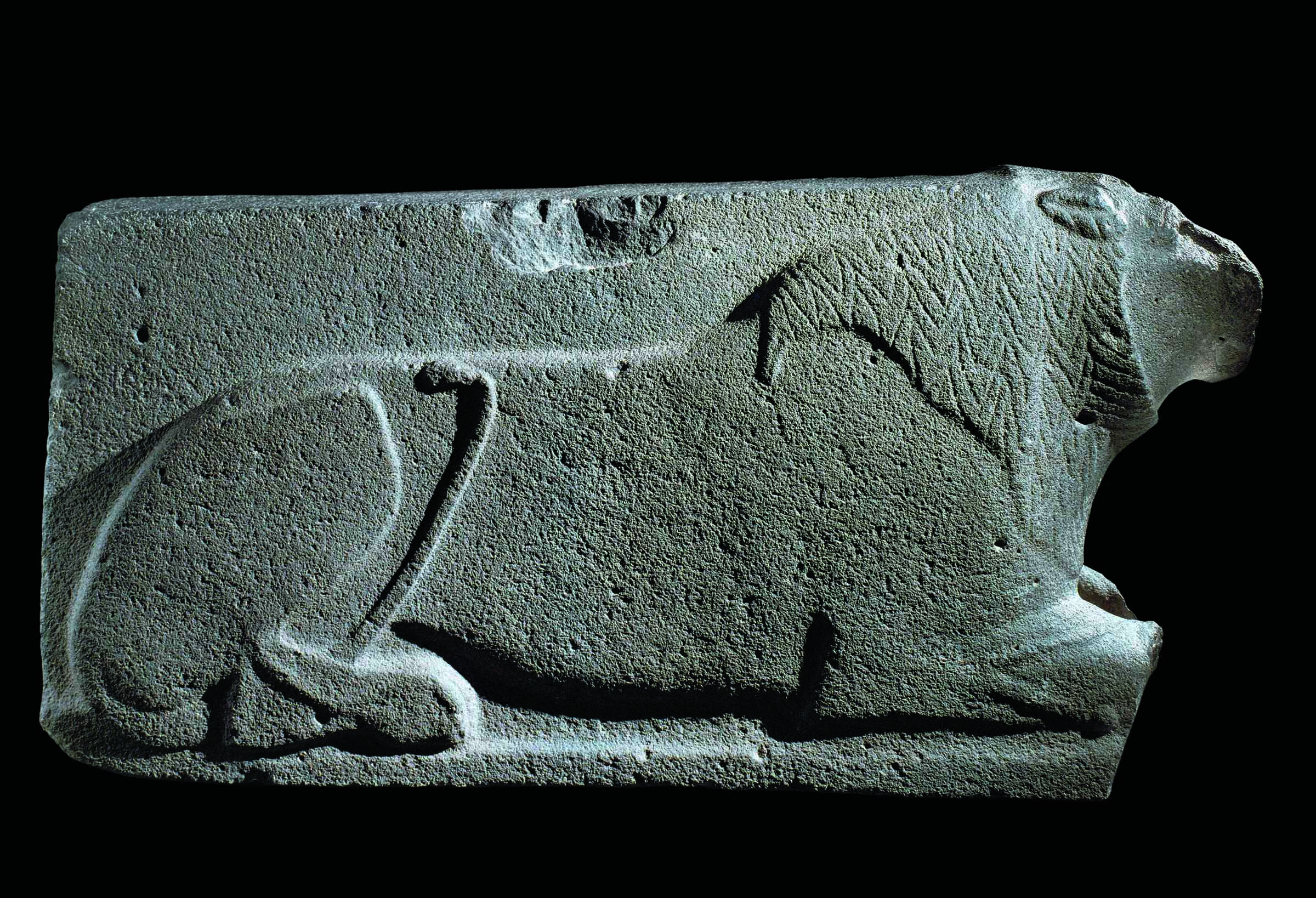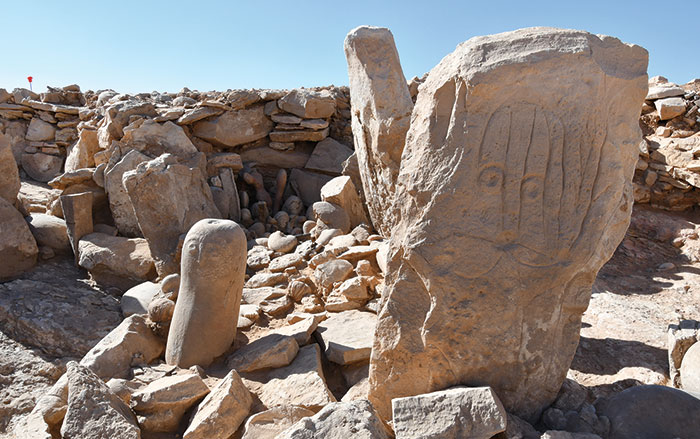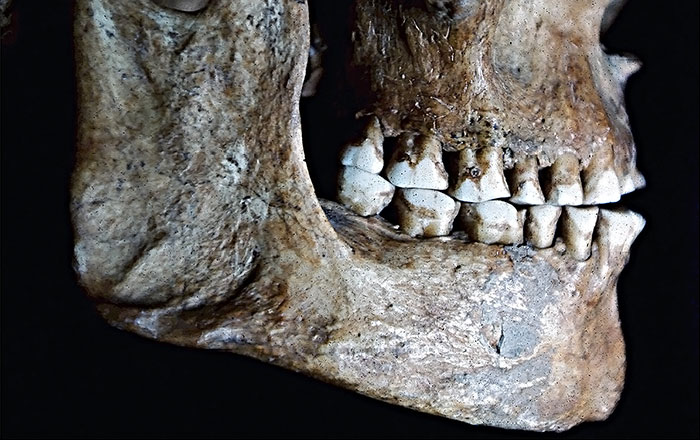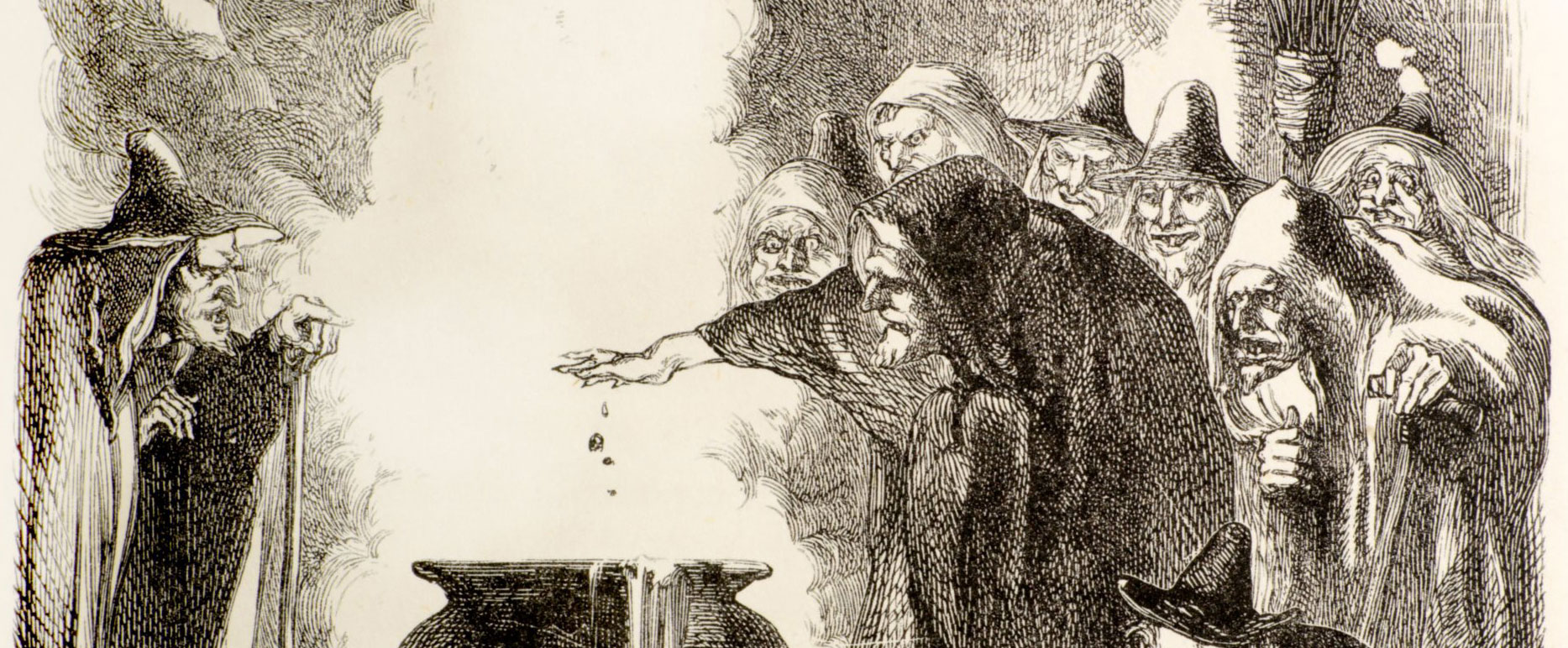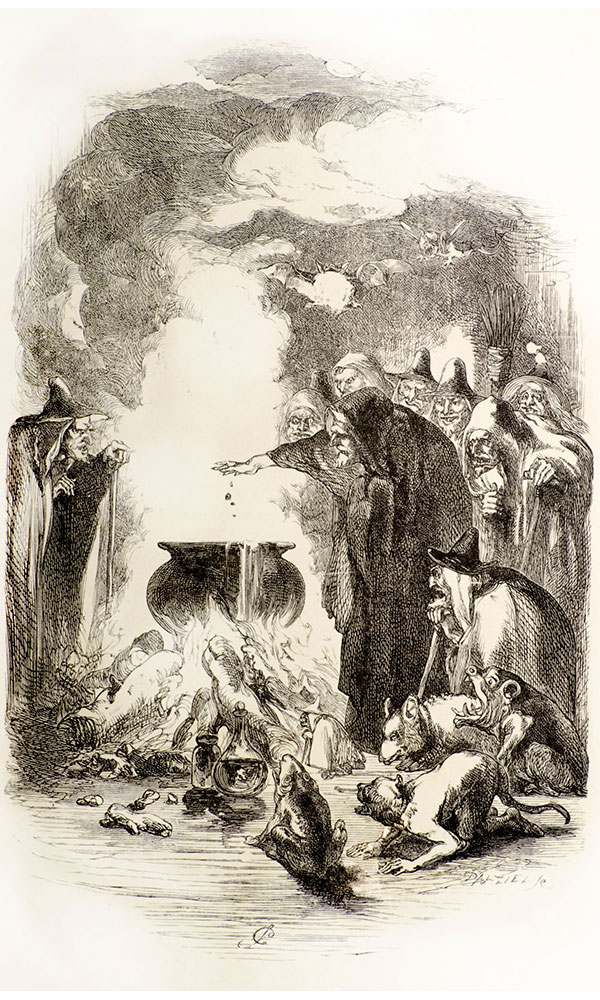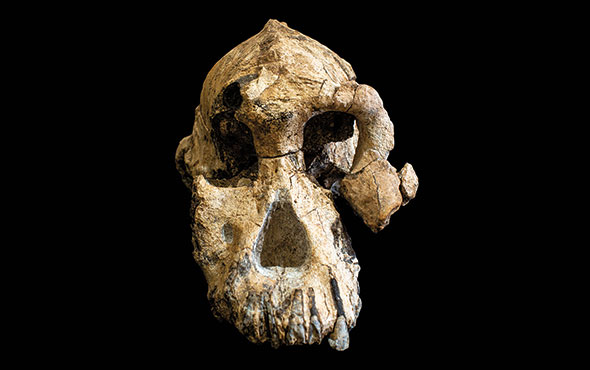
TORONTO, CANADA—According to a statement released by the University of Toronto, animal bones collected from northeastern Lebanon’s Nachcharini Cave in the 1970s have been radiocarbon dated to about 10,000 years ago—a period known as the Pre-Pottery Neolithic A. Although excavations at the site ceased in 1975, at the outset of the Lebanese Civil War, reanalysis of the previously unearthed material by archaeologists Stephen Rhodes, Edward Banning, and Michael Chazan has shown that the cave was used as a hunting camp. Rhodes explained that sheep hunters who lived in settlements in the Jordan Valley used the camp on a short-term basis as they began to build mudbrick dwellings and cultivate crops in the Jordan Valley. Eventually, he speculated, the sheep hunters may have domesticated the wild sheep. For more on archaeology in Lebanon, go to "World Roundup: Lebanon."


